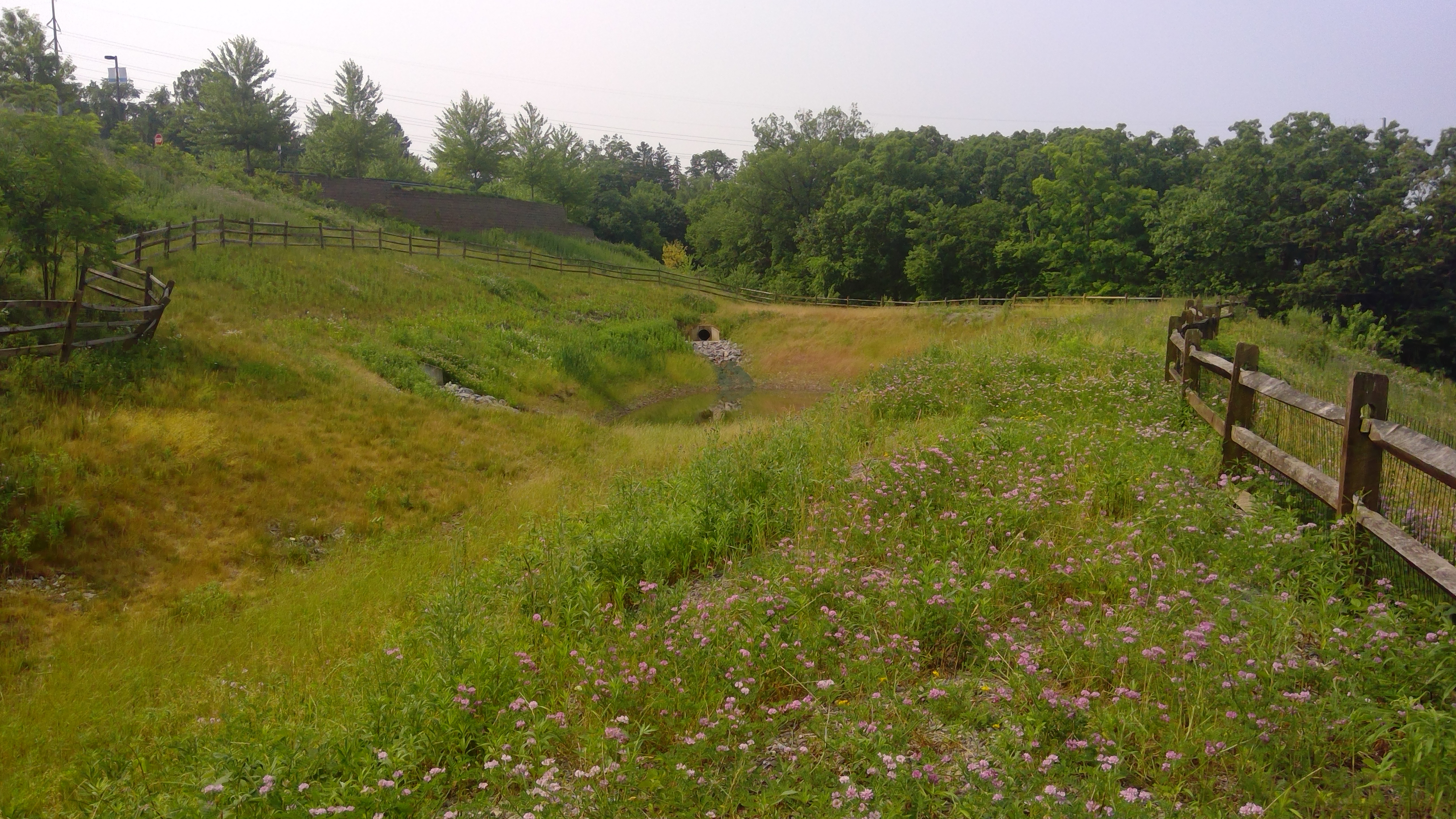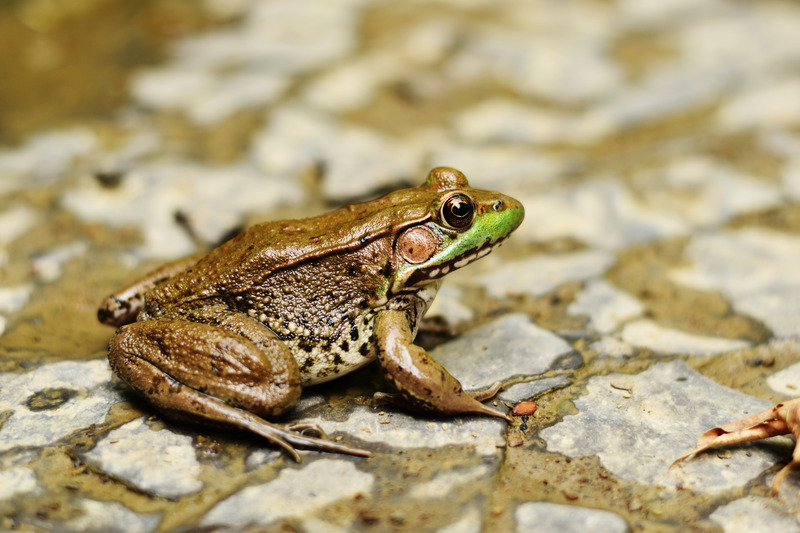How to Transform Stormwater Basins into Thriving Wildlife Habitats
More Than Stormwater Mitigation
.jpg)
Native Plants: A Key to Supporting Wildlife
Native plants are more than just an aesthetic addition to stormwater basins—they are vital for creating a sustainable habitat for birds, insects and mammals. Unlike nonnative species, which often overtake and dominate an area, native plants have evolved to grow alongside one another. This allows for a diverse ecosystem that provides food sources like seeds and flowers over an extended period.
Native plantings also offer crucial shelter for small animals such as chipmunks, rabbits and birds. Allowing plants to grow without frequent cutting creates an inviting environment where wildlife can thrive.
.jpg)
Maintenance Tips for Native Plants:
- Water early: Water newly planted seeds and plugs in the first few weeks to help them establish.
- Cut sparingly: Only trim the vegetation in the fall after seeding, and never shorter than six inches.
- Weed and replace: Regularly remove invasive species and replace any dead plants. Consider hiring a professional service to ensure the health of the ecosystem.
Wet Ponds and Sediment Basins: Critical Habitats for Birds and Aquatic Life
Wet ponds and sediment basins, when maintained properly, can become vital habitats for birds and aquatic wildlife. These areas are especially beneficial for amphibians and reptiles if they hold water throughout the spring and summer, creating breeding grounds for frogs and salamanders. Most amphibians breed in early spring, so maintaining consistent water levels is crucial for supporting their life cycles.
In addition, the nesting season for many bird species in Pennsylvania, including the red-winged blackbird, peaks from late May through early July. Birds like these use the dense stands of aquatic plants—such as cattails and rushes—to build their nests. By timing maintenance activities carefully, stormwater facility owners can help ensure these habitats remain intact during critical breeding seasons.

Maintenance Tips for Wet Ponds and Sediment Basins:
- Time it right: Wait until late summer or early fall to clear out wet ponds and sediment basins. This gives bird nestlings and juvenile amphibians time to leave the area, and vegetation will have enough time to regrow before winter.
- Balance the ecosystem: Avoid disrupting the natural balance of aquatic life by keeping water levels stable and ensuring the pond provides continuous habitat for local species.

Download Resource
More Resources
Seek by iNaturalist: Use your phone camera to identify plants and animalsMerlin: Use your phone to identify bird calls
Sources: